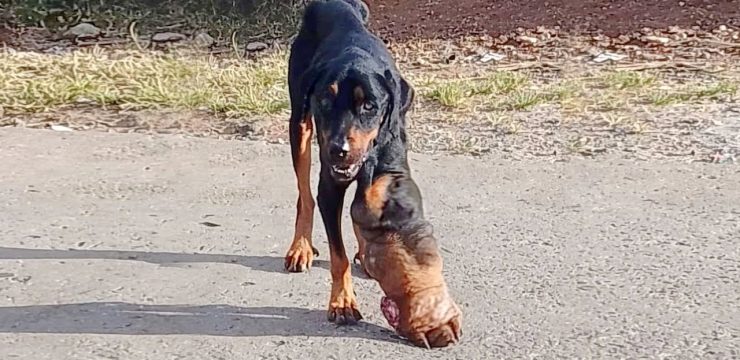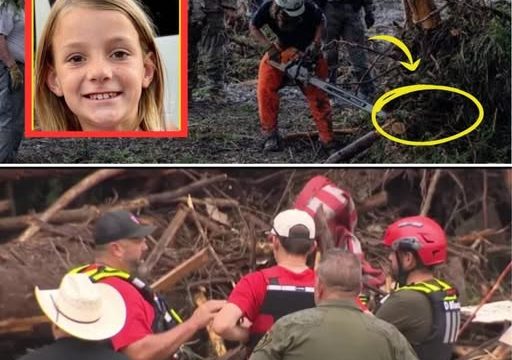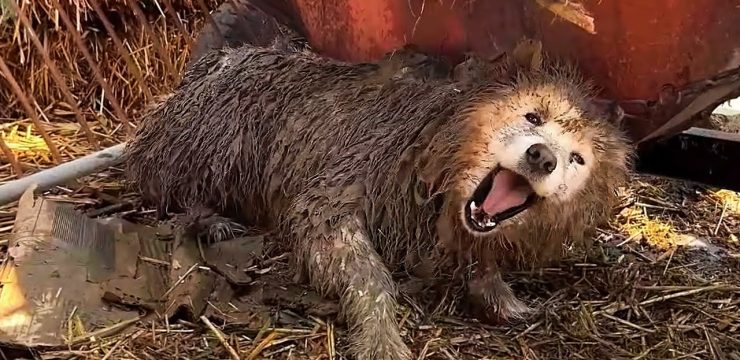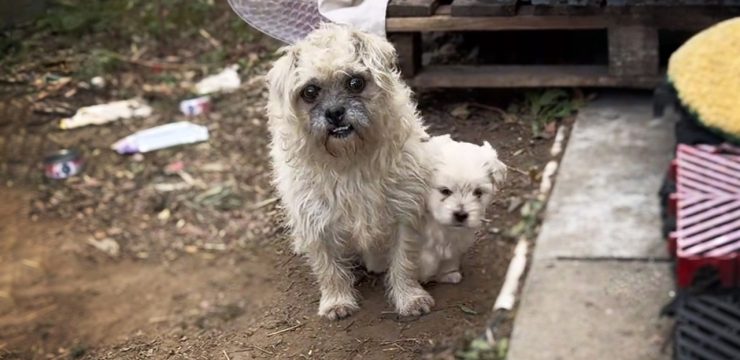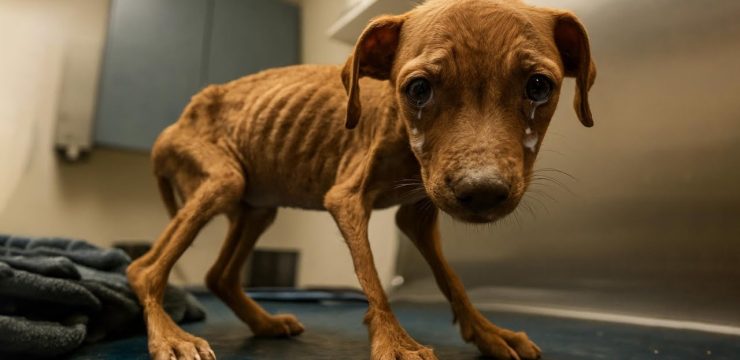At a rundown construction site in East Durham, England, volunteers from the British Horse Society made a heartbreaking discovery that would soon turn into a powerful story of resilience and recovery. The call came from a concerned citizen who had seen something disturbing on the site, which was littered with debris and looked completely abandoned.
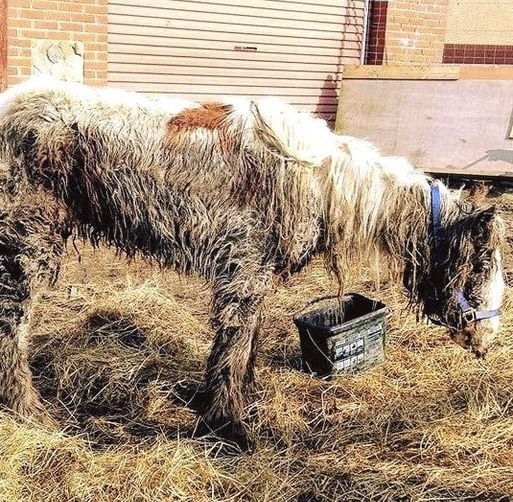
When the volunteers arrived, they initially believed they had found a dead horse lying in the mud. However, upon closer inspection, they realized the horse was still alive, though barely. Covered in filth, emaciated, and too weak to move, the horse was on the brink of death. They named her Heidi. The volunteers, recognizing one of the worst cases of neglect they had ever seen, didn’t hesitate to act. According to a spokesperson for the Here4Horses Equine Charity, it took five people to lift Heidi to her feet. The site’s owner had reportedly called for the horse’s body to be removed, assuming she was already dead. But Wendy Suddes, a representative of the charity, made it clear that the owner’s assumptions didn’t matter—what mattered was the fact that Heidi had suffered horrifically and had been left to die in agony. When she was first rescued, Heidi couldn’t even stand.
Her condition was so dire that her chances of survival were uncertain. Her blood protein levels were dangerously low, and she required a plasma transfusion just to begin stabilizing. Every step in her recovery was painstakingly slow. She couldn’t stand for over five weeks, and her body was riddled with pressure sores, parasites, worms, and infections that had gone untreated for too long. To protect her fragile skin, rescuers used cushioned dressings while healthy horses donated blood to help save her life. It took months of intense care and rehabilitation before Heidi could even walk freely in a meadow. Her body had been ravaged by neglect, but what stunned the caregivers most was her fighting spirit.
Despite the abuse she had endured, Heidi never gave up. Her strong will to survive, combined with the dedication of the rescue team, helped her gradually regain her strength. Wendy described her as having a tough personality and an incredible desire to live, which played a major role in her survival. Cases like Heidi’s are rare even for experienced animal rescuers, who say they only see such extreme neglect once or twice a year. Yet Heidi beat the odds. Today, she is unrecognizable from the fragile, broken creature that was pulled from the mud. Her mane has grown back beautifully, her body has healed, and her energy is infectious.
Now, she participates in equestrian events and has even won rosettes, becoming a symbol of hope and perseverance. Heidi is, as Wendy proudly says, “high on life.” Her transformation from near-death to champion status is nothing short of miraculous, and it’s all thanks to the tireless efforts of the volunteers and staff at Here4Horses. Her story is not just about survival—it’s about thriving after trauma and proving that love, care, and determination can rewrite even the bleakest future. While Heidi’s journey has a happy ending, it also raises serious questions about animal cruelty.
The individuals responsible for her condition must be held accountable and should never be allowed to own or care for animals again. No animal deserves the suffering that Heidi endured. Her body may have been broken, but her spirit never was. Her story is a powerful reminder of the strength within all creatures and the impact that compassion can have. Sharing Heidi’s story honors the heroes who saved her life and reminds us all of the importance of speaking up for animals who cannot speak for themselves.
